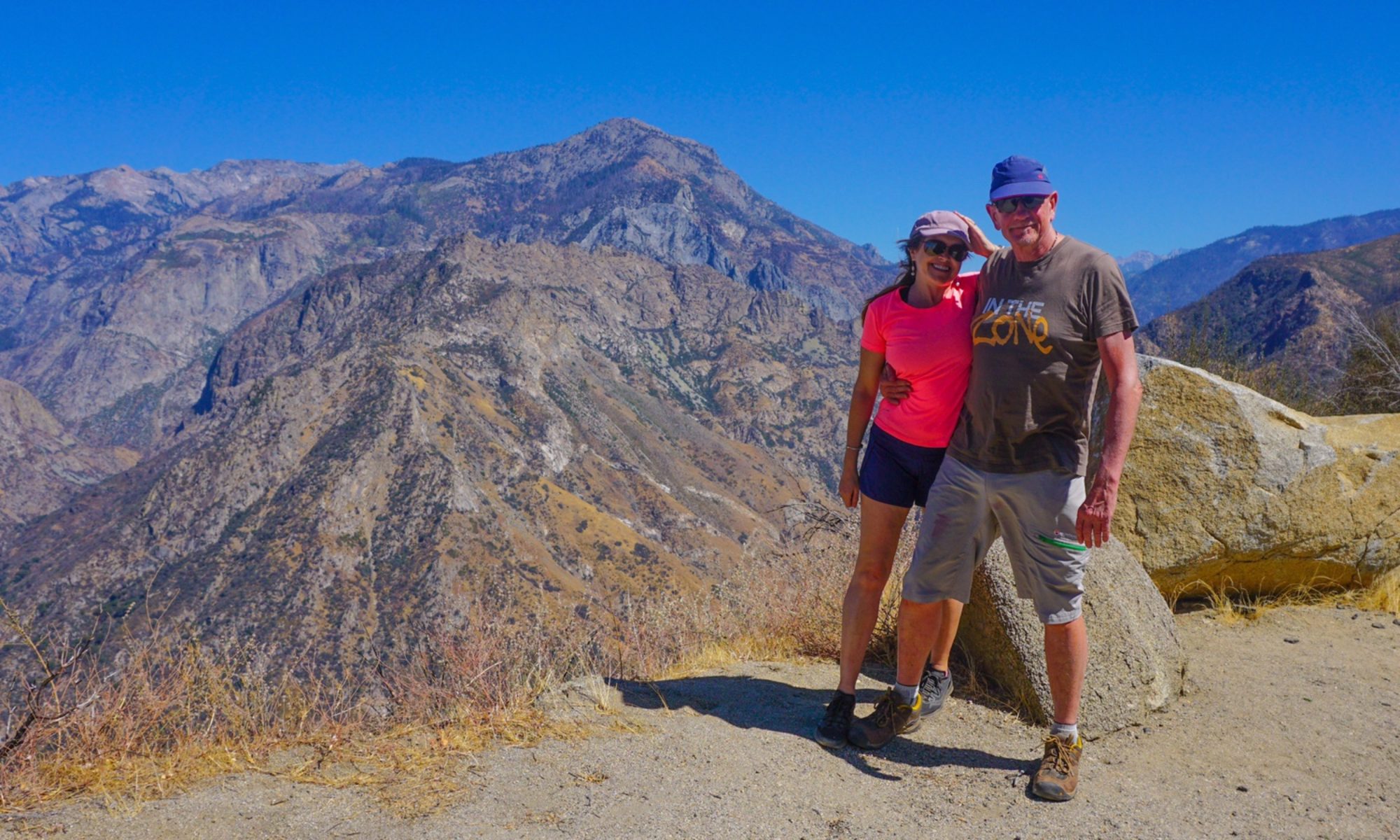Author: Mr A
Location: Locmariaquer and Carnac, Brittany, France
I went to a secondary school in England that was run by a headmaster who went on to make a better curator of Oxford museum than, in reflection, he did a headmaster of a boys school. I left school with very little passion ignited for learning. However, he did take us a on dig at a Roman villa near my home town, and that did stir an interest in ancient (rather than modern) history.
So when the opportunity presented itself to go and see the earliest known examples of megalithic architecture in Western Europe, I was excited! If you’re not really into that..I’d skip this post!
I’d spent some time over the last couple of days reading up about what the French call “The Carnac alignments”, a collection of megaliths (large stones that have been used to construct a structure or monument, either alone or with other stones) that’s spread over the ancient Breton landscape. Oh the joys of retirement!
Let me attempt to summarise what’s known and what’s not about these structures. There are over 3,000 of these stone megaliths scattered around north-western Brittany. Before radiocarbon dating was introduced in the mid 1970s. archaeologists thought they were raised by the Celts, but they were around 6,000 years out. We now know the structures were cut and moved into place around 7,000 years ago! This makes them the oldest megaliths in Western Europe. As an aside, the oldest in the world are currently understood to be at Gobekli Tepe in Turkey at 11,000 years old. Not heard of it? You wouldn’t be alone there…and yet the relative youngster of Stonehenge (5,019 years) has such strong brand recognition. Cultural politics in archaeology maybe?
So we paid our few euros of an admission fee and had a wander around one of the main sites at Locmariaquer. It was one of those spine tingling moments when you see something that just defies your understanding of the world.





For instance, there sits four large chunks of rock that have been proven from the carvings on each to have once belonged to a single megalith. It weighs over 300 tonnes, and was somehow transported over ten kilometres of rolling hills and across rivers.
Various experiments have been carried out over the years to try and replicate moving large stones to prove it can be done using logs and levers. In one such proof of concept a bunch of students and willing tourists were able to move a 30 tonne stone. But 300 tonnes…not that I can find. Logs just dont work apparently with that weight. And of course there must have been a solution, or it wouldn’t be there. But I think perhaps its as much a mystery as to how a Neolithic society had developed such a complex social structure to engage the huge amount of labour it would have taken, and kept them fed, motivated and organised.

A piece of research published in February this year has at least shed some light on the spread of megalithic structures in Western Europe. The study analysed over 2,400 radio carbon ratings of megalithic structures across Europe and demonstrated that they spread up and down the then coasts of the Atlantic and Mediterranean, presumably from the initiative of a single seafaring culture.
We have still much to understand about how this “cognitive revolution” (as Yuval Harari calls it in his book “Sapiens”) took place. What prompted such a huge acceleration of social and technical competence in a relative short period of time? Homo Sapiens had been pottering around with basic stone tools for nearly 2 million years, then all of a sudden everything changes dramatically. Why? What was the impetus to this rapid development? Intrigued? Well I am…




So we headed off to find a camp for the night and drove along the coast to an oyster farm in the village of Carnac we had seen listed on the France Passion scheme we belong to. Basically you can park up for free in return for tasting their produce.

So we roll up and park up in front of this fabulous view across the bay, and go and buy ourselves two dozen of the local oysters, for the very good price of under €10. Now they were pretty nice, but I have to say Sydney Rock oysters take some beating! Perhaps we just been trained over the years to appreciate that creamy flavour. These were a little saltier, and went well with a crisp Italian white from Le Marche. We’re feeling particularly fortunate tonight to have this new view out of Truffy’s window.


















































































